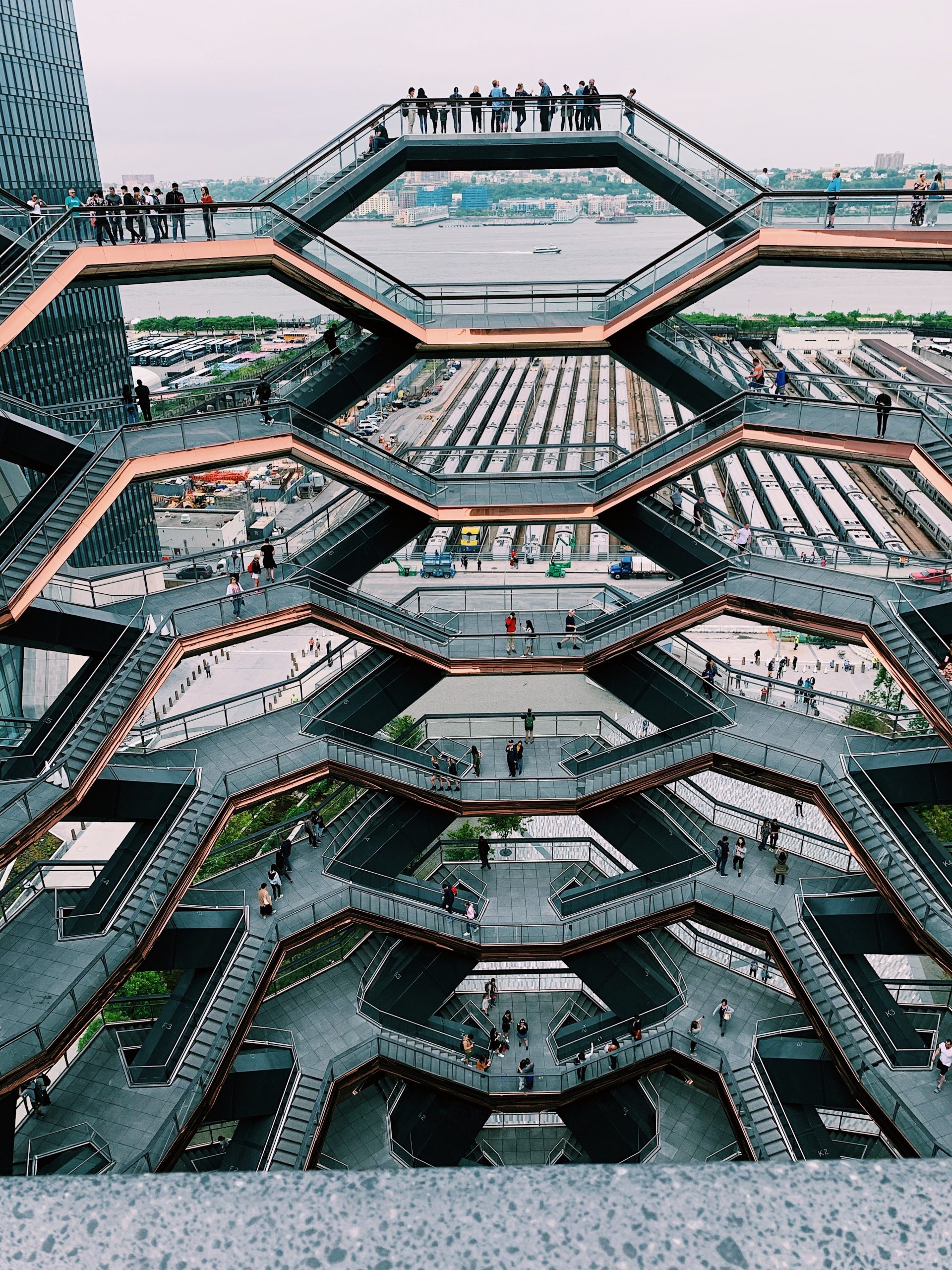Futuristic Architecture: Redefining the Landscape of Design
Introduction
Futuristic architecture represents a bold and imaginative approach to design, pushing the boundaries of creativity and technology. This innovative architectural style embraces unconventional shapes, sustainable materials, and advanced technological integration to create structures that inspire awe and captivate the imagination. In this article, we will explore the key features, concepts, and impacts of futuristic architecture.
Table of Contents
- The Evolution of Architecture
- Defining Futuristic Architecture
- Sustainable Design and Environmental Integration
- Technological Advancements and Smart Structures
- Iconic Examples of Futuristic Architecture
- The Impact of Futuristic Architecture on Society
- Challenges and Future Prospects
- Conclusion
- FAQs
1. The Evolution of Architecture
Architecture has constantly evolved throughout history, reflecting the cultural, societal, and technological advancements of each era. From ancient civilizations to modern times, architects have sought to create structures that are not only functional but also aesthetically pleasing. The advent of futuristic architecture marks a significant shift in design principles and ideologies.
2. Defining Futuristic Architecture
Futuristic architecture can be defined as an architectural style that embraces unconventional forms, materials, and construction techniques to create buildings that embody the spirit of innovation and imagination. This style often incorporates organic and fluid shapes, challenging traditional geometric norms. It emphasizes the use of technology and sustainable design principles to create structures that are visually striking and environmentally conscious.
3. Sustainable Design and Environmental Integration
Futuristic architecture places a strong emphasis on sustainable design practices and environmental integration. Architects and designers strive to minimize the environmental impact of their creations by incorporating renewable energy sources, optimizing energy efficiency, and utilizing recycled or locally sourced materials. Green roofs, vertical gardens, and rainwater harvesting systems are some examples of sustainable features found in futuristic buildings.
4. Technological Advancements and Smart Structures
Technology plays a crucial role in futuristic architecture. The integration of smart systems and advanced technologies allows buildings to adapt to changing environmental conditions, enhance user comfort, and optimize energy consumption. Automated lighting, smart climate control, and self-regulating facades are among the many technological innovations employed in futuristic structures.
5. Iconic Examples of Futuristic Architecture
Several iconic examples showcase the visionary nature of futuristic architecture. The Burj Khalifa in Dubai, with its towering height and sleek design, exemplifies the marriage of technology and aesthetics. The Guggenheim Museum Bilbao, designed by Frank Gehry, features a striking titanium exterior that defies traditional architectural norms. Additionally, the Beijing National Stadium, also known as the “Bird’s Nest,” is an engineering marvel that captured global attention during the 2008 Olympics.
6. The Impact of Futuristic Architecture on Society
Futuristic architecture has a profound impact on society, both in terms of visual appeal and functionality. These innovative structures become landmarks that shape the identity of cities and attract visitors from around the world. Moreover, the integration of sustainable features and smart technologies promotes a greener and more efficient urban environment, setting new standards for future developments.
7. Challenges and Future Prospects
While futuristic architecture opens up exciting possibilities, it also presents challenges. The cost of implementing cutting-edge technologies and materials can be prohibitive, limiting their application to high-profile projects. Additionally, finding a balance between aesthetics, functionality, and sustainability requires careful consideration and collaboration among architects, engineers, and other stakeholders. However, as technology advances and awareness of environmental issues grows, the prospects for futuristic architecture to become more mainstream and accessible are promising.
Conclusion
Futuristic architecture represents a visionary approach to design that embraces innovation, sustainability, and technological integration. This architectural style challenges traditional norms, captivating the imagination with its bold shapes and imaginative concepts. As the world continues to evolve, futuristic architecture offers a glimpse into what the future of design holds, pushing the boundaries of creativity and redefining the landscape of architecture.
FAQs
- What is the inspiration behind futuristic architecture? Futuristic architecture draws inspiration from various sources, including science fiction, nature, and technological advancements.
- How does futuristic architecture contribute to sustainability? Futuristic architecture integrates sustainable design practices, renewable energy sources, and environmentally conscious materials to minimize its impact on the environment.
- Are futuristic buildings functional or purely aesthetic? Futuristic buildings prioritize both functionality and aesthetics, combining innovative design with practicality to create spaces that are visually striking and usable.
- Can futuristic architecture be implemented on a smaller scale? While futuristic architecture is often associated with grand-scale projects, its principles can be applied to buildings of various sizes, allowing for innovation at different levels.
- What role does technology play in futuristic architecture? Technology plays a vital role in futuristic architecture, enabling the integration of smart systems, energy-efficient solutions, and advanced building materials to enhance the overall design and functionality of structures



